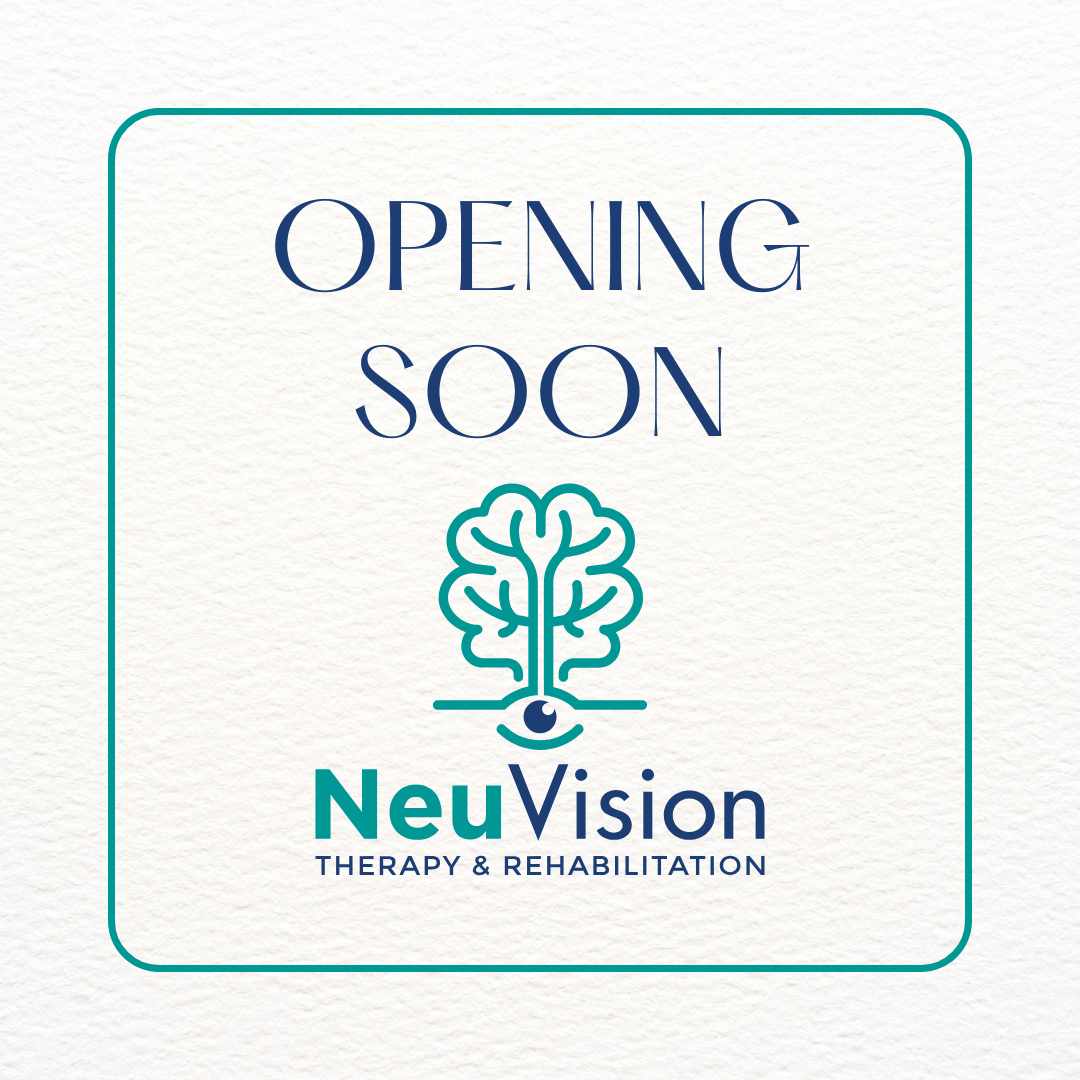
Vision therapy is a treatment plan that is intended to develop and improve a patient’s visual skills and abilities, with the goal of making their day-to-day life easier. You may also hear Vision Therapy referred to as VT. Although most commonly associated with children, whose visual skills are still naturally developing, adults can also benefit from vision therapy.
Any patient who does not have the necessary visual skills could find themselves suffering from a range of unpleasant symptoms, including headaches, eye fatigue, stiff neck, and double vision. Vision therapy helps patients to enhance their binocular visual skills and improve these symptoms to function optimally in their daily life.
Skills that can be developed and improved through vision therapy
Vision therapy has been shown to be an effective way of developing and improving the following visual skills, all of which are important for day-to-day life.
Tracking: this refers to the ability to follow a moving object smoothly and accurately with both eyes – such as moving traffic or a ball coming towards you.
Depth perception: this is the ability to judge relative distances of objects and move accurately in a 3D space – for example, being able to walk down a flight of stairs or hit a ball.
Peripheral vision: this refers to the edges of your vision and your ability to assess what’s happening in your peripheral vision while paying attention to something directly in front of you.
Acuity at different distances: this is the ability to see clearly enough to identify and understand objects at both near and far distances.
Fixation: enabling patients to quickly and accurately look at, identify and understand stationery objects one after the other, for example, reading word to word.
Binocular vision: the ability for both eyes to work together in perfect synchronization.
Shifting focus: patients with this skill can look quickly at different distances without momentary blur.
Visualization: a valuable visual skill that enables patients to form and retain images in their head.
What to expect from a vision therapy appointment?
Vision therapy is generally conducted as an in-office treatment, under the close supervision of your eye doctor. Each vision therapy treatment plan is personalized; tailored to the specific individual needs of each patient. Vision therapy involves ongoing, weekly in-office appointments working one-on-one with a vision therapist overseen by an optometrist. The key to the success of the program is actively participating in at home exercises on a daily basis that are assigned each week. Each program is tailored to the individual and shaped by the progress seen each week. The duration of vision therapy can vary depending on your diagnosis and will be discussed with you at the initial appointment.
There are various techniques that can be involved in vision therapy. These include, but aren’t limited to:
Exercises (stationary and dynamic)
Prisms
Various types of occluders
Therapeutic lenses
Patches
The use of tools designed specifically for use in vision therapy exercises
Tints and filters
By attending regular vision therapy appointments, patients can see an improvement in their vision, visual comfort and experience an overall improvement with the ease in which they use their eyes for daily activites.







